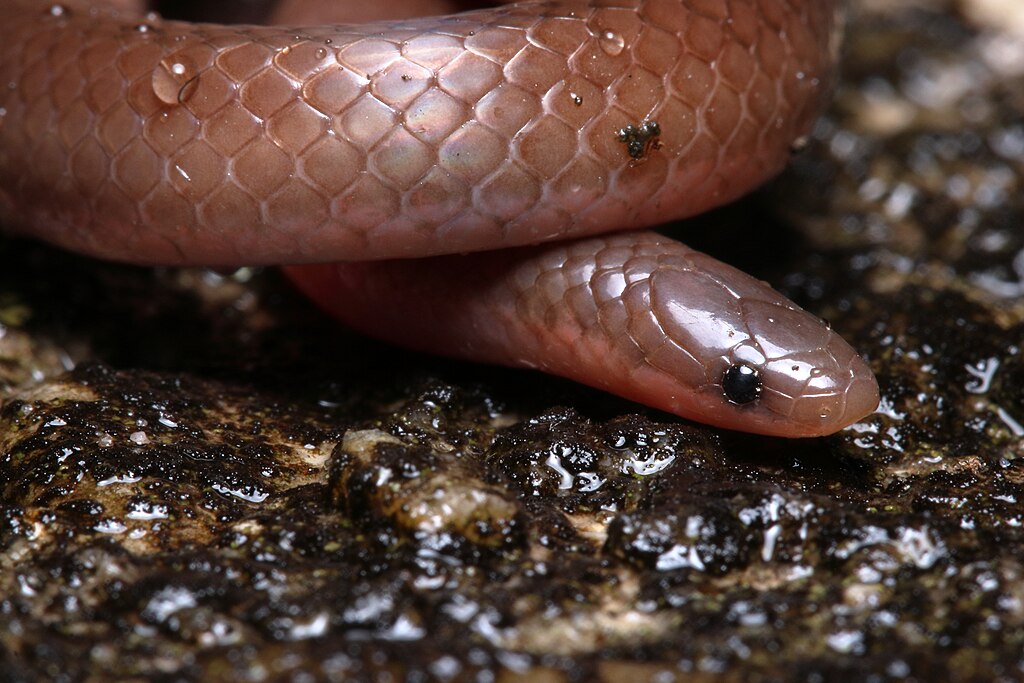Photographing snakes in their natural habitat offers wildlife enthusiasts a thrilling opportunity to document these fascinating creatures while preserving a safe distance. However, this activity requires careful preparation, knowledge, and respect for both the animal and its environment. Unlike photographing stationary subjects, capturing images of wild snakes presents unique challenges and potential dangers that demand specific skills and precautions. This comprehensive guide will walk you through essential techniques, safety measures, and ethical considerations to help you create stunning snake photographs while ensuring everyone—including the snake—remains safe throughout the process.
Understanding Snake Behavior Before You Shoot

Before setting out with your camera, developing a solid understanding of snake behavior is crucial for both safety and successful photography. Different snake species exhibit varying temperaments and defense mechanisms, from rapid retreats to defensive displays or, in some cases, aggressive strikes. Learning to recognize warning signs such as hissing, coiling, tail rattling, or flattening of the head and neck will help you maintain appropriate distance and respect. Researching the specific species in your region helps you anticipate their likely behaviors and habitats, making encounters more predictable and safer. This knowledge also contributes to better photographs as you’ll be able to anticipate interesting behaviors and position yourself accordingly without causing undue stress to the animal.
Essential Safety Equipment
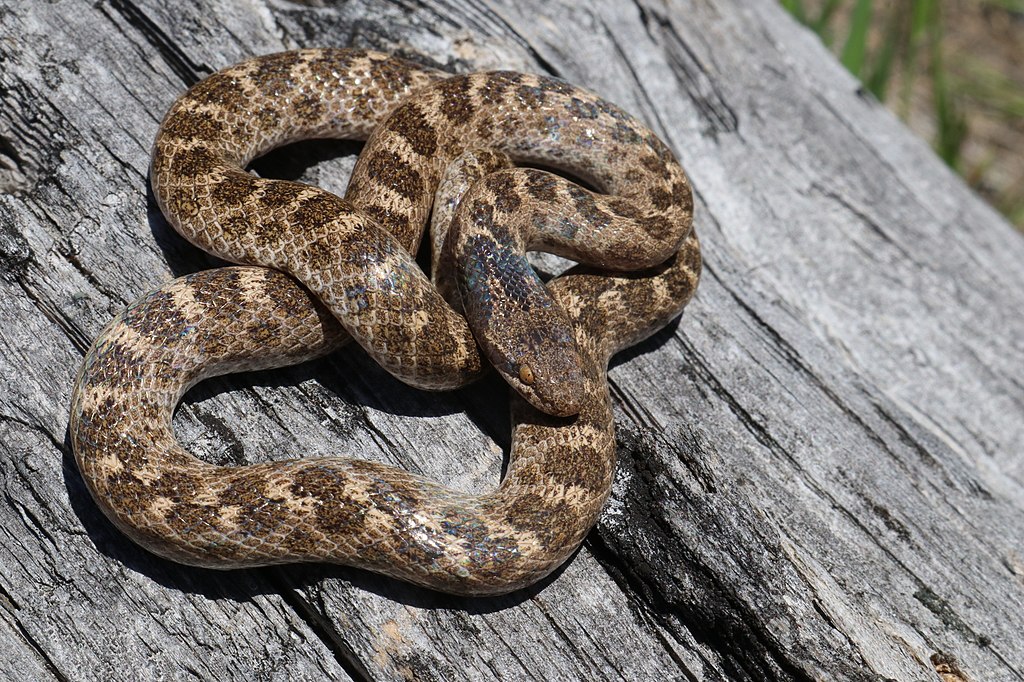
Proper equipment extends beyond your camera gear when photographing snakes in the wild. Sturdy, ankle-covering hiking boots provide crucial protection against accidental bites, particularly when moving through dense vegetation where snakes may be hidden. Long pants, preferably made of thick material like denim or canvas, and gaiters offer additional lower body protection. A snake hook or tongs (if you’re trained to use them) can safely create distance between you and the snake if necessary, though these should never be used to manipulate or harass the animal. Finally, always carry a first aid kit that includes materials for snake bite treatment, and ensure your cell phone is charged for emergency communications, especially when photographing in remote areas where venomous species might be present.
Selecting the Right Camera Gear
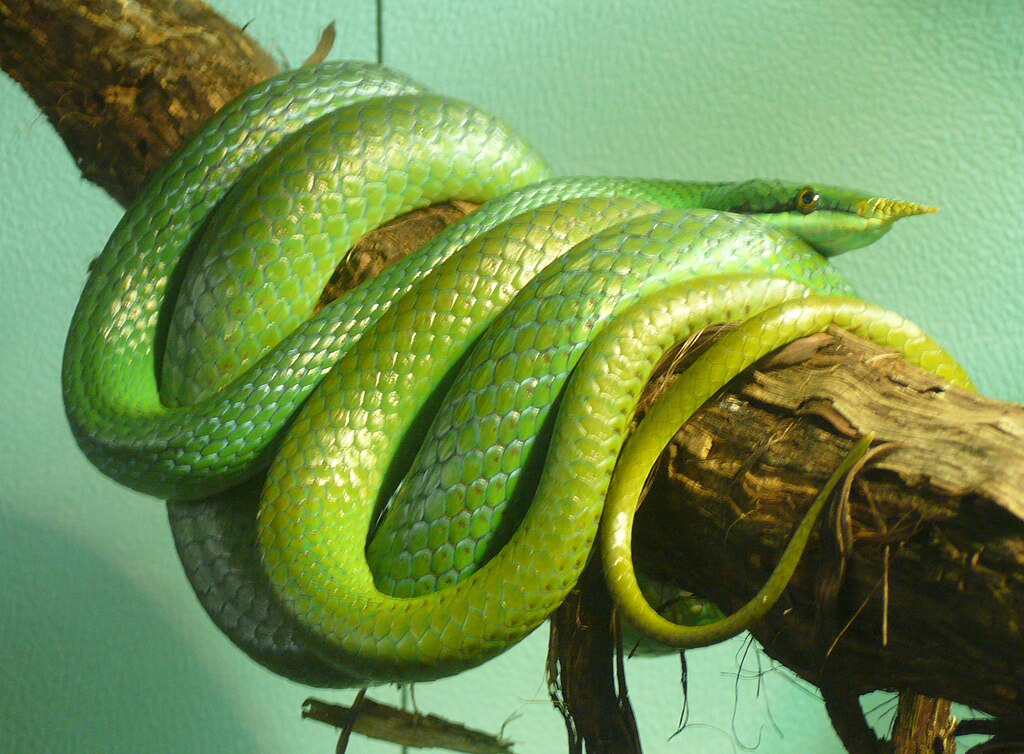
The ideal camera setup for snake photography prioritizes both quality and distance. A DSLR or mirrorless camera with a telephoto lens (200mm or longer) allows you to maintain a safe distance while still capturing detailed images of your subject. Macro lenses can produce stunning close-ups of patterns and features, but should only be used with extreme caution and adequate safety measures. A sturdy tripod helps stabilize longer lenses and reduces the need to get closer for sharp images, particularly in low light conditions. Consider carrying a wide-angle lens as well, which can be useful for environmental portraits that showcase the snake in its natural habitat, though this requires even greater care due to the closer proximity required. Lastly, a remote trigger or cable release allows you to trigger the camera without creating movement or disturbance near the snake.
The Art of Finding Snakes Ethically
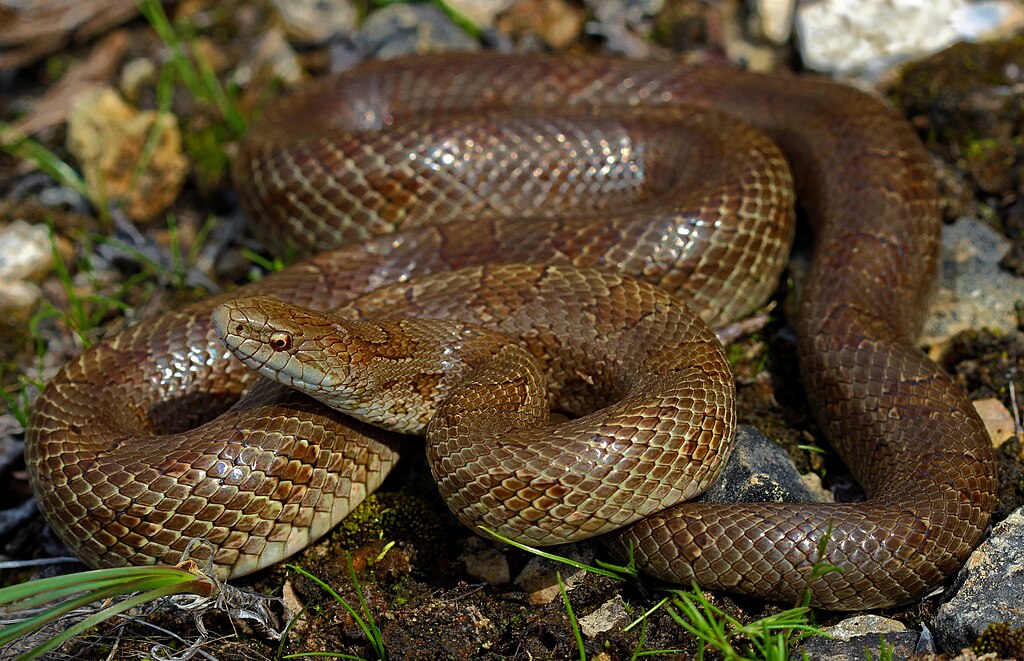
Finding snakes for photography requires patience and ethical awareness rather than invasive techniques. Focus your search during prime activity periods—early morning or late afternoon in warm months—when snakes are often basking to regulate their temperature. Scan sunny patches along trails, rock outcroppings, fallen logs, and the edges of water bodies, which are all popular basking locations. Avoid destructive practices like flipping rocks or logs without returning them exactly as you found them, as this damages crucial microhabitats for many species. Listen carefully as you move through habitat; the sound of rustling leaves often indicates a retreating snake. Some photographers find success by setting up near known snake habitats and waiting patiently rather than actively searching, an approach that typically results in more natural behavioral photographs.
Maintaining a Safe Distance
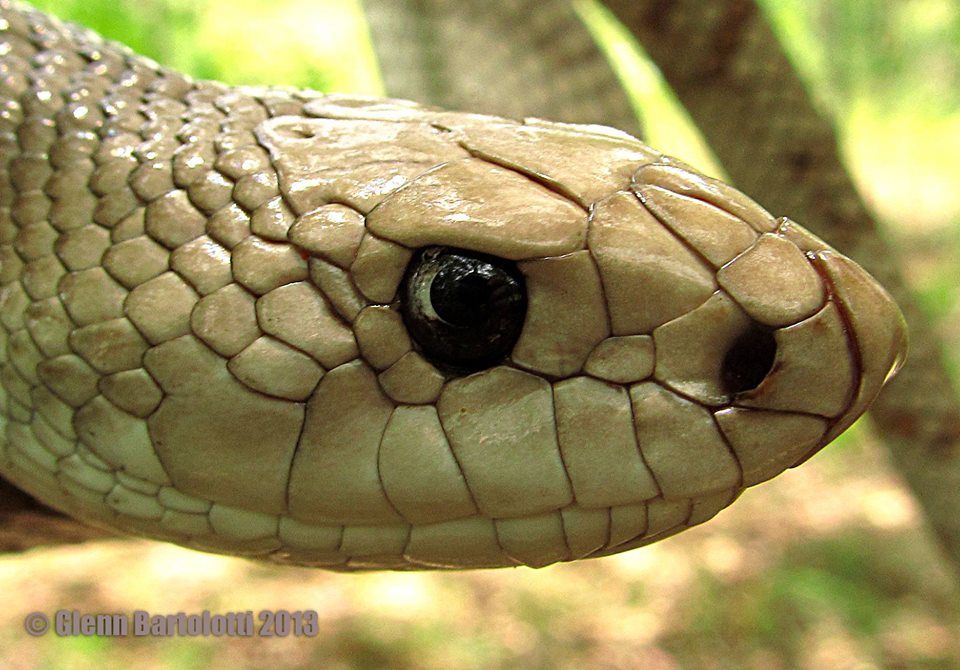
The single most important safety rule in snake photography is maintaining appropriate distance, which varies by species and situation. For venomous species, experts recommend staying at least double the snake’s strike distance away, which is typically at least the length of the snake itself, though some species can strike up to two-thirds of their body length. Use your longest lens to close this distance photographically rather than physically. Remember that zooming with your feet by approaching too closely not only endangers you but stresses the animal, potentially triggering defensive behaviors. If you must move closer, do so incrementally while watching for warning signs like coiling, head-raising, or hissing that indicate the snake feels threatened. When photographing from close range becomes necessary for artistic reasons, consider using a camera trap setup that can be triggered remotely instead of risking close approach.
Recognizing Dangerous Situations

Developing the ability to recognize potentially dangerous scenarios is essential for snake photography. Be particularly cautious around female snakes during breeding season, as they may be more defensive while protecting eggs or young. Never position yourself between a snake and its perceived escape route, as this increases the likelihood of defensive behavior. Exercise extreme caution when photographing snakes in confined spaces where they might feel cornered, such as inside rock crevices or hollow logs. Pay attention to the snake’s body language—rapid tongue flicking, tense posture, or coiling combined with head elevation often precede defensive strikes. If you encounter multiple snakes in one location during mating season or at communal denning sites, be aware that your presence might disrupt important natural behaviors and consider observing from an even greater distance or returning at another time.
Ethical Considerations and Wildlife Respect
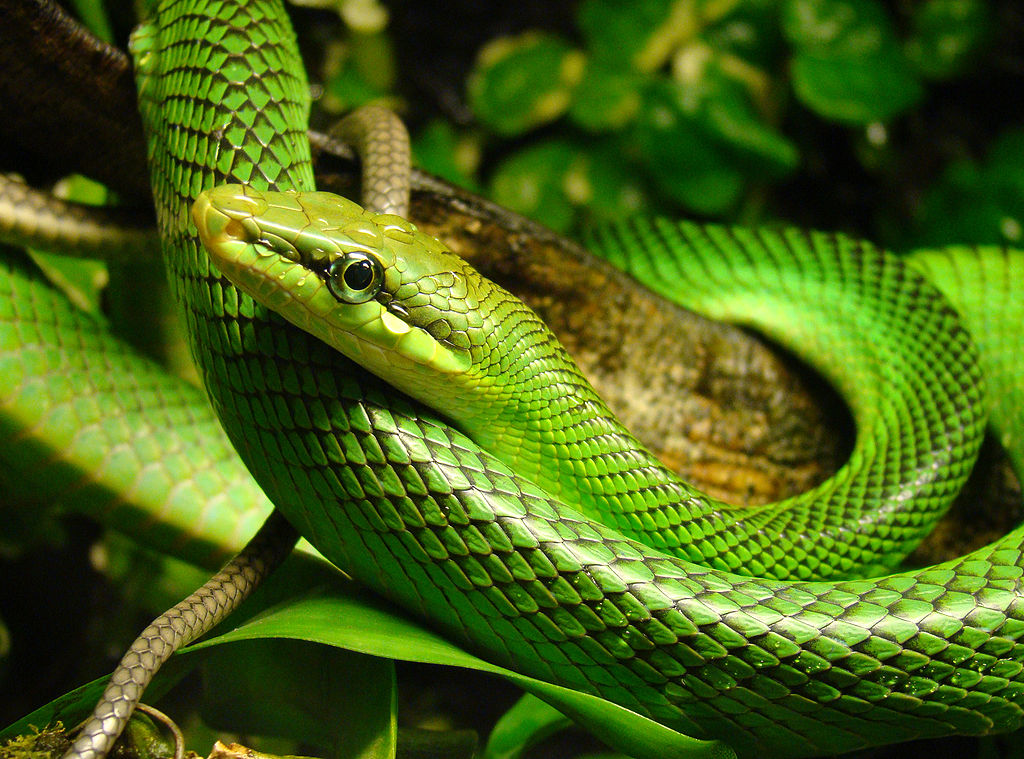
Ethical snake photography prioritizes the animal’s welfare above getting the “perfect shot.” Never manipulate wild snakes or their surroundings to create more photogenic arrangements, as this causes unnecessary stress and can disrupt important activities like hunting, basking, or seeking shelter. Avoid using flash photography directly on snakes, as their eyes lack the protective mechanisms found in mammals and can be damaged by sudden bright light; if additional lighting is necessary, use diffused, indirect flash or continuous lighting. Respect breeding, shedding, and hibernation periods when snakes are particularly vulnerable to disturbance. Remember that repeatedly approaching or following the same snake for extended periods constitutes harassment, regardless of your intentions. The best wildlife photographers understand that some opportunities must be passed up to respect the animal’s space and natural behaviors.
Camera Settings for Snake Photography
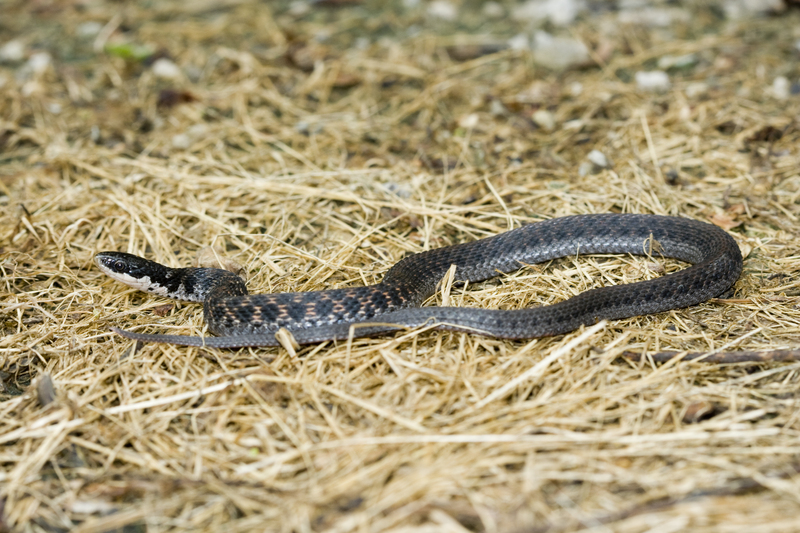
Optimal camera settings for snake photography balance technical quality with the need for quick shooting. Use aperture priority mode (A or Av) with settings between f/8 and f/11 to maintain adequate depth of field while ensuring the entire snake remains in focus. Since snakes are often found in challenging light conditions like dappled forest settings, consider raising your ISO (typically 400-800 in daylight, higher in shade) to allow for faster shutter speeds that freeze motion. A minimum shutter speed of 1/125 is recommended for stationary snakes, while 1/500 or faster is necessary for capturing movement like tongue flicks or striking behavior. Continuous focus (AI Servo or AF-C) helps track subtle movements, and shooting in burst mode increases your chances of capturing the perfect moment of behavior. When possible, use exposure compensation to adjust for highly contrasting scenarios, especially with dark snakes on light backgrounds or light-colored snakes against dark forest floors.
Composition Techniques for Impactful Images

Creating compelling snake photographs requires thoughtful composition beyond simply documenting the animal. Get down to eye level with the snake whenever safely possible, as this perspective creates a more intimate and engaging image that reveals the snake’s world rather than looking down on it. Include environmental elements that tell a story about the snake’s habitat and ecological niche, such as the specific vegetation, rocks, or water sources it uses. Focus on the eyes, which are often the most expressive feature and create an emotional connection with viewers who might otherwise fear these animals. Capture behavioral moments that illustrate the snake’s natural history—hunting, swimming, climbing, or thermoregulating—as these active shots typically create more interest than simple portraits. Consider using the rule of thirds to position the snake’s head at an intersection point, leaving space in the frame for the animal to visually “move into” if it’s traveling in a particular direction.
What to Do If a Snake Approaches You
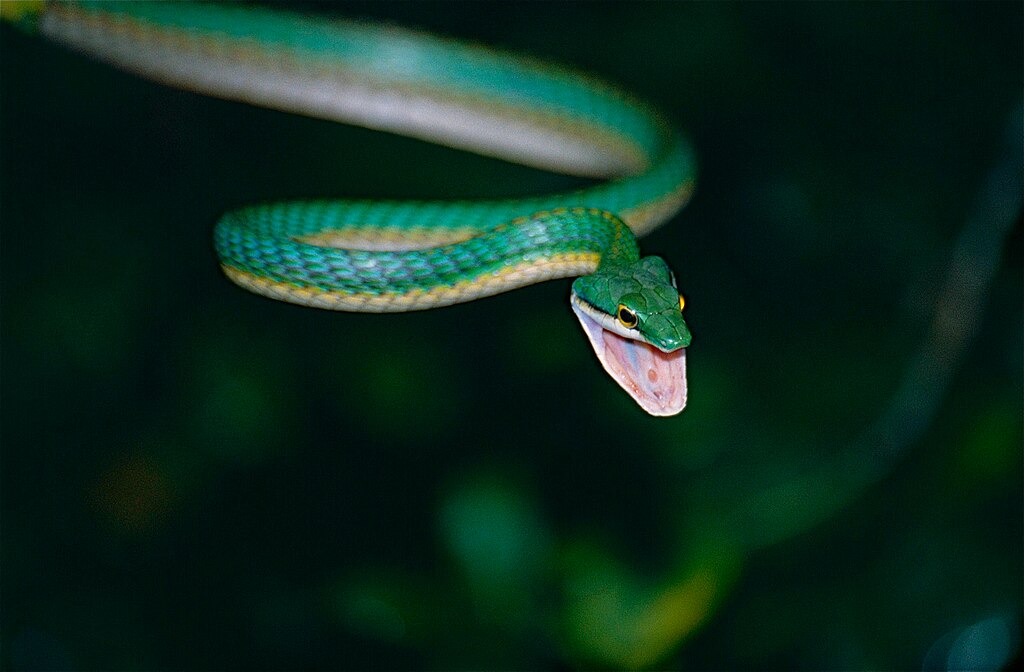
Even with careful precautions, situations may arise where a snake moves toward your position while you’re photographing. If this occurs, remain calm and assess whether the snake is actually approaching you or simply moving along its path without awareness of your presence. Avoid sudden movements that might startle the snake into defensive behavior; instead, slowly create distance by backing away while keeping the snake in view. Never turn and run, as rapid movement might trigger a predatory response in some species. If retreating isn’t immediately possible, stand perfectly still until the snake passes, as most wild snakes prefer to avoid human interaction and will move away if given the opportunity. Should a venomous snake show persistent interest or defensive behavior toward you, use any available extended tool like a tripod or snake hook to gently deflect it while you retreat, being careful not to harm the animal in the process.
Seasonal Considerations for Snake Photography
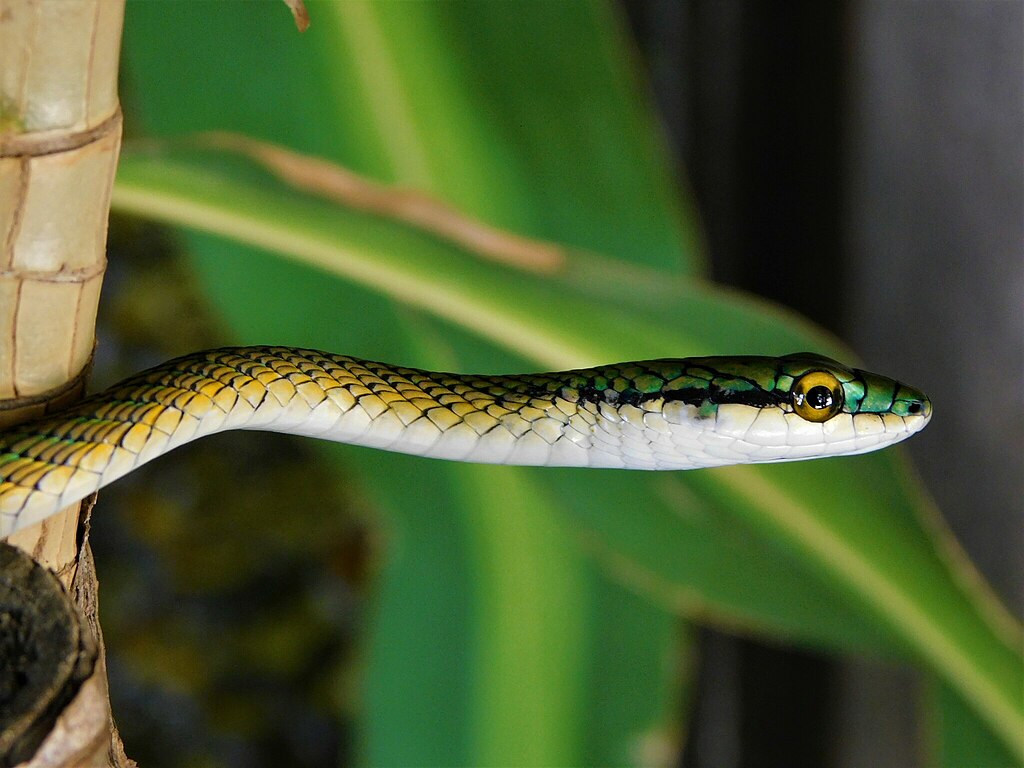
The timing of your snake photography outings significantly impacts both your chances of success and the types of behavior you might document. Spring emergence after winter brumation offers excellent opportunities to photograph multiple snakes basking at known hibernacula sites, though special care should be taken not to disturb these crucial recovery periods. Summer mornings and evenings present chances to capture hunting behavior, while the intense heat of midday often drives snakes into shadier retreats where photography becomes more challenging. Autumn brings opportunities to document pre-brumation feeding frenzies and mating activities in many species. Seasonal morphological changes can also create unique photographic opportunities, such as the vibrant colors many snakes display immediately after shedding or the notably thicker bodies of gravid females. Research the specific seasonal patterns of your target species to maximize your chances of finding and photographing them displaying natural behaviors.
Post-Processing Tips for Snake Images
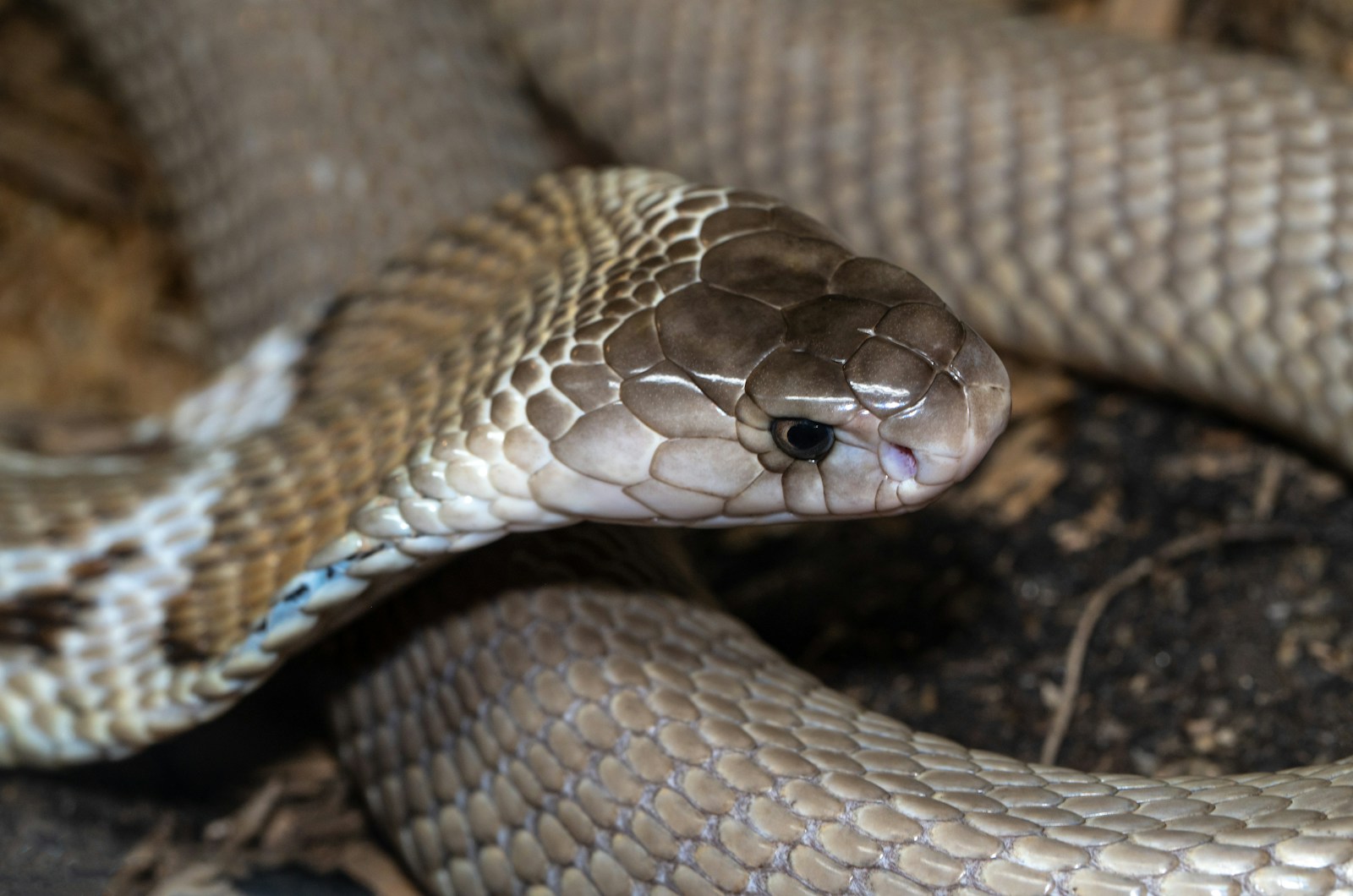
After capturing your snake photographs, thoughtful post-processing enhances their impact while maintaining authenticity. Subtle adjustments to contrast and clarity can help emphasize the intricate patterns and scales that make snakes visually fascinating. Color correction may be necessary, particularly for photographs taken in forest settings where green canopy light can cast unnatural tints on the snake’s true coloration. When cropping, maintain the context of the snake’s environment unless creating a dedicated macro study of specific features. Avoid over-processing that creates unrealistic representations of the snake’s appearance, particularly exaggerated saturation that might misrepresent warning coloration in venomous species. Consider creating black and white conversions for images where pattern and texture are more important than color, as this can often create dramatic representations of snakes with high visual impact. Finally, maintain accurate metadata and descriptions when sharing images, including correct species identification and location generalities (without specific details that might encourage collection or harassment of sensitive species).
Contributing to Citizen Science Through Your Images
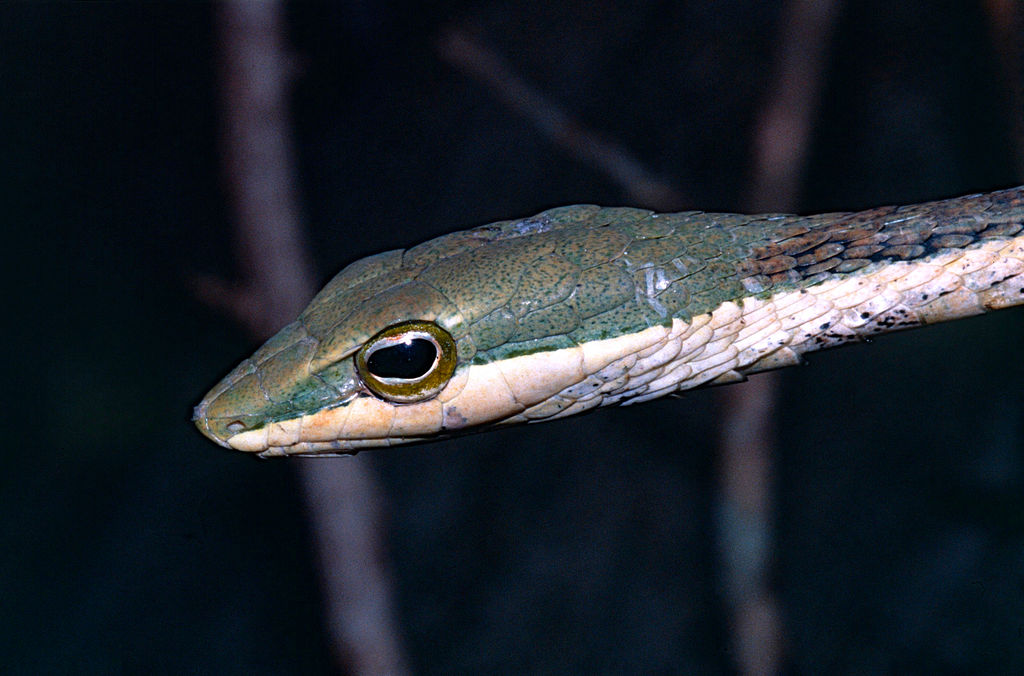
Your snake photographs can contribute valuable data to conservation efforts and scientific research through citizen science initiatives. Platforms like iNaturalist, HerpMapper, and regional wildlife databases allow you to submit geotagged images that help researchers track species distributions, activity patterns, and habitat associations. These contributions are particularly valuable for uncommon or secretive species that formal studies might miss during limited sampling periods. When contributing to these databases, include important contextual information such as time of day, weather conditions, and observed behaviors that might be relevant to researchers. Some platforms also allow reporting of observations like roadkill or injured animals, contributing to understanding of human impacts on snake populations. Beyond formal databases, sharing your ethically-obtained images through social media and educational channels helps improve public perception of these often-misunderstood animals, potentially reducing the common “kill on sight” reaction many people have toward snakes.
Conclusion

Snake photography represents a perfect marriage of technical skill, natural history knowledge, and ethical wildlife practices. By approaching these remarkable reptiles with respect, patience, and appropriate safety measures, photographers can create compelling images that showcase snakes in their natural habitats while contributing to broader appreciation and understanding of these ecologically important animals. Remember that the welfare of your subject always takes precedence over getting a particular shot, and that maintaining safe distances not only protects you but allows the snake to behave naturally, resulting in more authentic and valuable photographs. With practice and responsible field techniques, snake photography can become a rewarding pursuit that connects you deeply with the natural world while helping others see the beauty and value in these often-maligned creatures.

